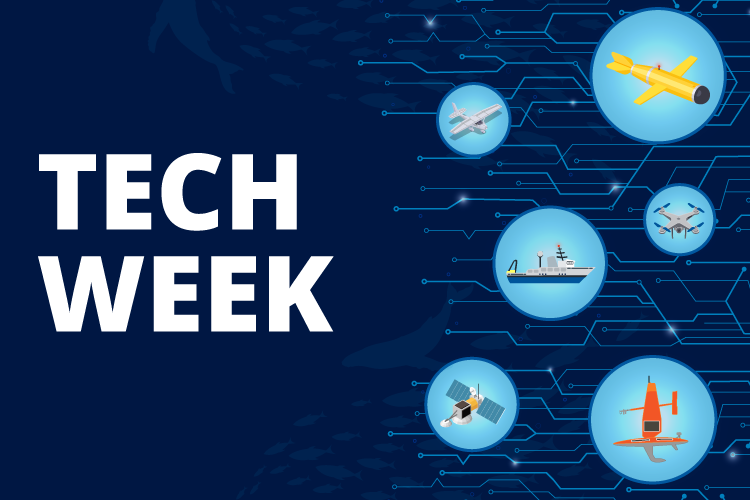NOAA Utilizes Cutting-Edge Technologies for Ocean Research and Conservation

(WASHINGTON D.C.) - The National Oceanic and Atmospheric Administration (NOAA) is employing a range of advanced technologies to collect and analyze data necessary for effective ocean resource management and conservation. During Technology Week, January 13-17, 2025, stakeholders will examine how these innovative tools are supporting NOAA's mission.
To study remote ocean areas, scientists use underwater drones, also known as gliders or uncrewed systems. These devices allow for the deployment of aircraft-mounted sensors to explore difficult-to-reach regions and expand the data set.
For example, undersea gliders were recently used to survey Antarctic krill populations, serving as a crucial component in understanding the impacts of climate change on marine ecosystems.
The integration of passive acoustic monitoring technology is also expanding NOAA's ability to detect and track endangered North Atlantic right whales. This innovative approach involves real-time tracking using both sound waves from aircraft and sea vessels and oceanic deployments.
Furthermore, remote sensing and satellite-based technologies are being utilized for the analysis of environmental DNA (eDNA) - allowing researchers to obtain valuable insights on fish population sizes through genetic material extracted directly from water or biological residues.
Genetic diversity analysis is also shedding light on how resilient certain species can be when subjected to climate change. A recent study revealed previously undiscovered diversity among different regions within the Alaska red king crab population.
Incorporating innovative technology, NOAA aims to make strides in promoting ocean conservation and enhancing our understanding of ecosystems.
